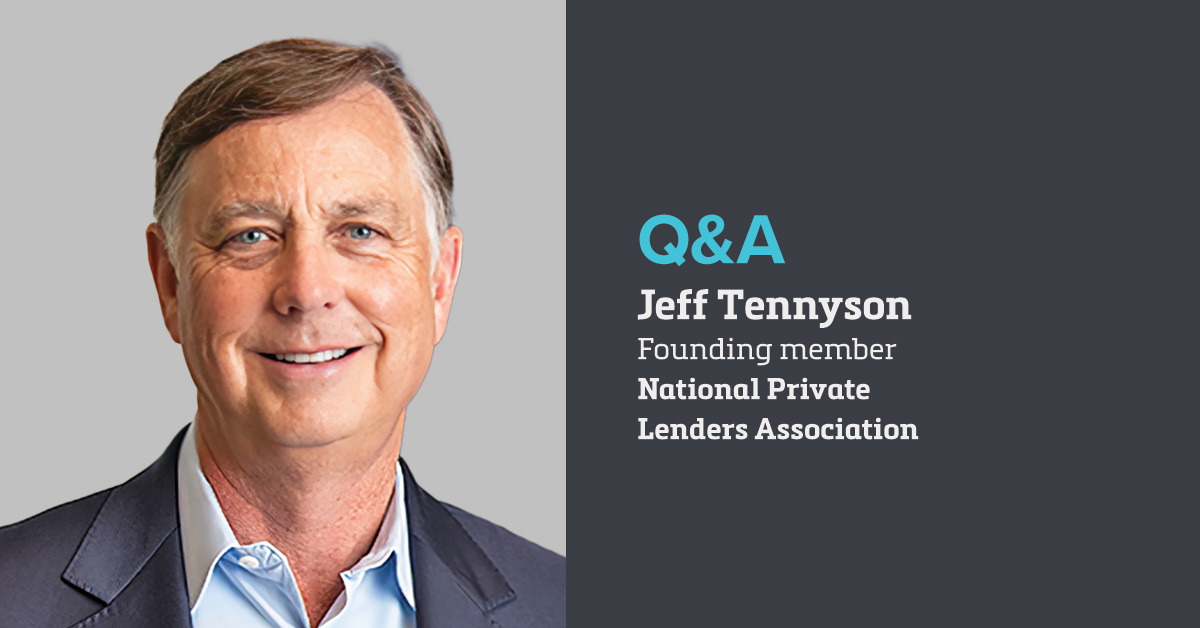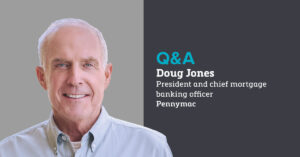The term “hard money” feels as if it emerged from the black-and-white era. Hard money lending, of course, is a type of asset-backed mortgage that is secured primarily by a property rather than the borrower’s financial profile. For too many, the term evokes negative connotations of a lending world with less-than-savory business practices, where the type of financing is a loan of last resort or the lender is only making the deal to obtain the asset (otherwise known as a “loan to own”).
We have really matured and developed into a much more professional industry today, and want the market to recognize that.
Last year, both the American Association of Private Lenders (AAPL) and the National Private Lenders Association (NPLA) passed resolutions that urged members to cease using the term on their websites, marketing materials and communications. Instead, the associations suggest using “private lending,” “bridge lending” or “transitional lending” as proper terms.
“I was very encouraged and impressed and appreciative that our membership group recognized that we have really matured and developed into a much more professional industry today, and want the market to recognize that,” said Jeff Tennyson, an NPLA founding member who serves as the president and CEO of private lender Lima One Capital.
Scotsman Guide spoke to Tennyson about the changing terminology. Scotsman Guide also is changing its language to align with the trade associations. Some of the publication’s lender listings pages, for instance, are being retitled from “hard money” to “private money.”
Why is this change important?
We think we’ve truly added standards and professionalized what historically had been considered hard money, which has a negative connotation because of poor documentation, poor controls and pricing (by some parties).
How did this come about?
One of our members brought this to the group. There was strong desire to encourage the whole trade association to no longer use the term “hard money lending” and instead use “private lending,” “residential transition lending” and other terminology. That was quickly followed by our sister trade association, the American Association of Private Lenders, doing the same thing.
What about other types of private money lending not associated with hard money lending, such as nonqualified mortgages (non-QM)?
All of the private lenders are commercial mortgage lenders with the collateral being residential property. We’re underwriting to commercial mortgage standards. It truly is business-purpose lending for real estate investors, not for consumers who would be living in their homes or using them as second homes, the kind of things that the non-QM and QM space do.
So, private money is for investors and institutions?
Every loan a private money lender originates is to a corporate entity. It is never to an individual. So, it doesn’t fall under the same consumer regulatory requirements, because it’s truly a commercial mortgage originated to a corporation.
There have been other efforts to rehab the image of hard money lending in the past. How is this different?
I think the biggest, the NPLA and AAPL, those associations have made a commitment to make a more professional industry, and as an industry had a real focus on eliminating the terminology of “hard money lender.”
What happens if a lender goes in a different direction by capitalizing on the hard money name?
We at NPLA all sign an annual code of ethics. We don’t have any way to regulatorily punish people in any form, but they won’t be a part of the NPLA or the other trade association.
They won’t have the reputation of NPLA member companies?
That’s what we hope. We believe that, in and of itself, creates a better reputation and a more professional industry for the members of the trade association.
Where does this go from here?
Our marketing department recently shared with me that if you would go out and search on Google for the term “hard money lenders,” that it’s declined over time (since 2007) by almost 70%. At this point forward, fewer and fewer lenders will be using that as a primary definition of how they lend and how they treat their customers. ●








